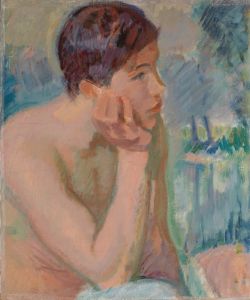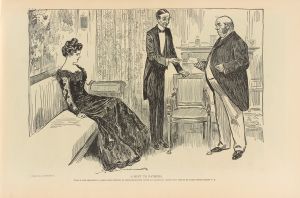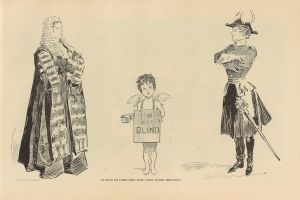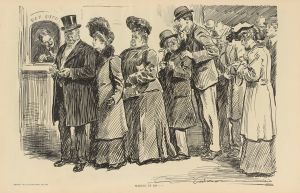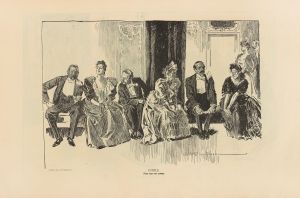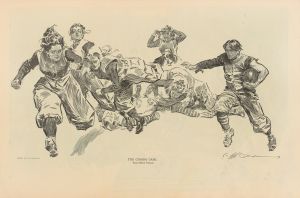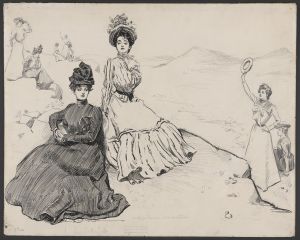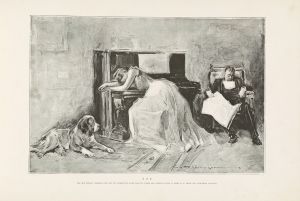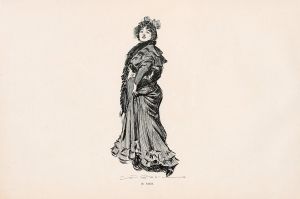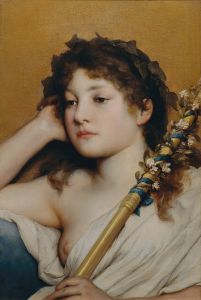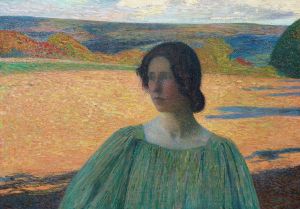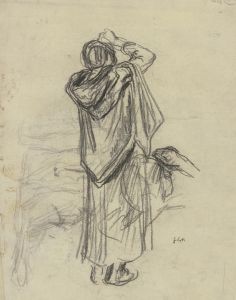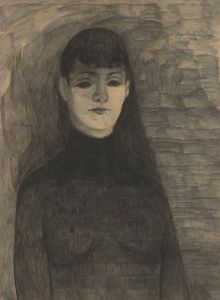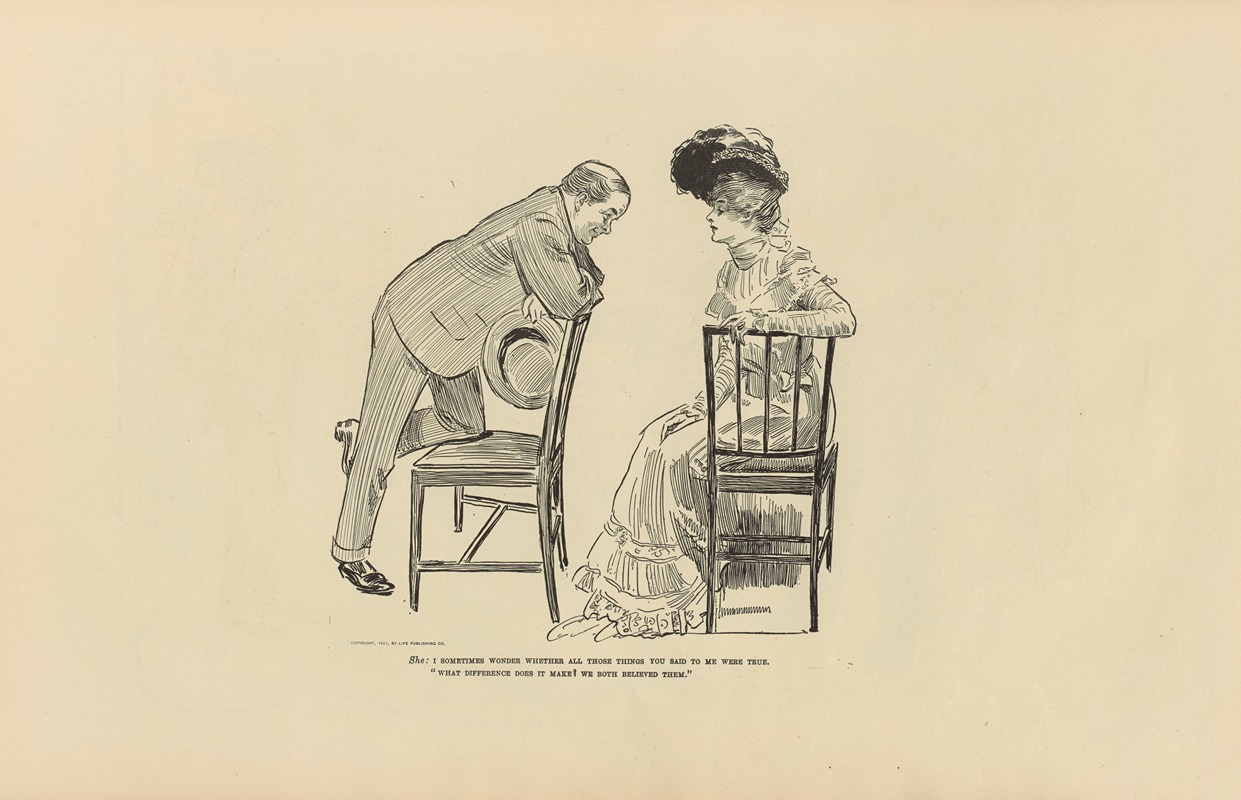
She; I sometimes wonder whether all those things you said to me were true
A hand-painted replica of Charles Dana Gibson’s masterpiece She; I sometimes wonder whether all those things you said to me were true, meticulously crafted by professional artists to capture the true essence of the original. Each piece is created with museum-quality canvas and rare mineral pigments, carefully painted by experienced artists with delicate brushstrokes and rich, layered colors to perfectly recreate the texture of the original artwork. Unlike machine-printed reproductions, this hand-painted version brings the painting to life, infused with the artist’s emotions and skill in every stroke. Whether for personal collection or home decoration, it instantly elevates the artistic atmosphere of any space.
Charles Dana Gibson was an influential American illustrator best known for his creation of the "Gibson Girl," an iconic representation of the American woman at the turn of the 20th century. One of his notable works is the illustration titled "She; I sometimes wonder whether all those things you said to me were true." This piece is part of Gibson's extensive body of work that captures the social dynamics and cultural nuances of his time.
Gibson was born on September 14, 1867, in Roxbury, Massachusetts. He studied at the Art Students League in New York City, where he honed his skills in illustration. His career took off in the 1890s when his illustrations began appearing in popular magazines such as Life, Harper's Weekly, and Scribner's. The "Gibson Girl" became a cultural phenomenon, embodying the idealized vision of feminine beauty and independence during the late 19th and early 20th centuries.
The illustration "She; I sometimes wonder whether all those things you said to me were true" reflects Gibson's keen ability to capture the subtleties of human emotion and social interaction. While specific details about the creation and publication of this particular illustration are limited, it is consistent with Gibson's style, which often featured elegant, confident women in various social settings. His work frequently explored themes of romance, societal expectations, and the evolving roles of women.
Gibson's illustrations were characterized by their detailed line work and expressive characters. He had a talent for conveying complex emotions and narratives through simple yet powerful imagery. The "Gibson Girl" illustrations, including "She; I sometimes wonder whether all those things you said to me were true," often depicted women in a manner that was both aspirational and relatable to the contemporary audience.
Throughout his career, Gibson's work was celebrated for its wit and insight into the social mores of the time. His illustrations not only entertained but also offered commentary on the changing landscape of American society. The "Gibson Girl" became a symbol of the modern woman, representing a blend of traditional femininity and newfound independence.
Gibson's influence extended beyond illustration; he played a significant role in shaping the visual culture of his era. His work inspired countless artists and illustrators and left a lasting impact on the portrayal of women in media. The "Gibson Girl" remains an enduring symbol of a pivotal moment in the history of American art and society.
Charles Dana Gibson continued to produce illustrations until his retirement in the 1930s. He passed away on December 23, 1944, leaving behind a legacy that continues to be studied and appreciated for its artistic and cultural significance. His work, including "She; I sometimes wonder whether all those things you said to me were true," remains a testament to his skill as an illustrator and his understanding of the complexities of human relationships.





